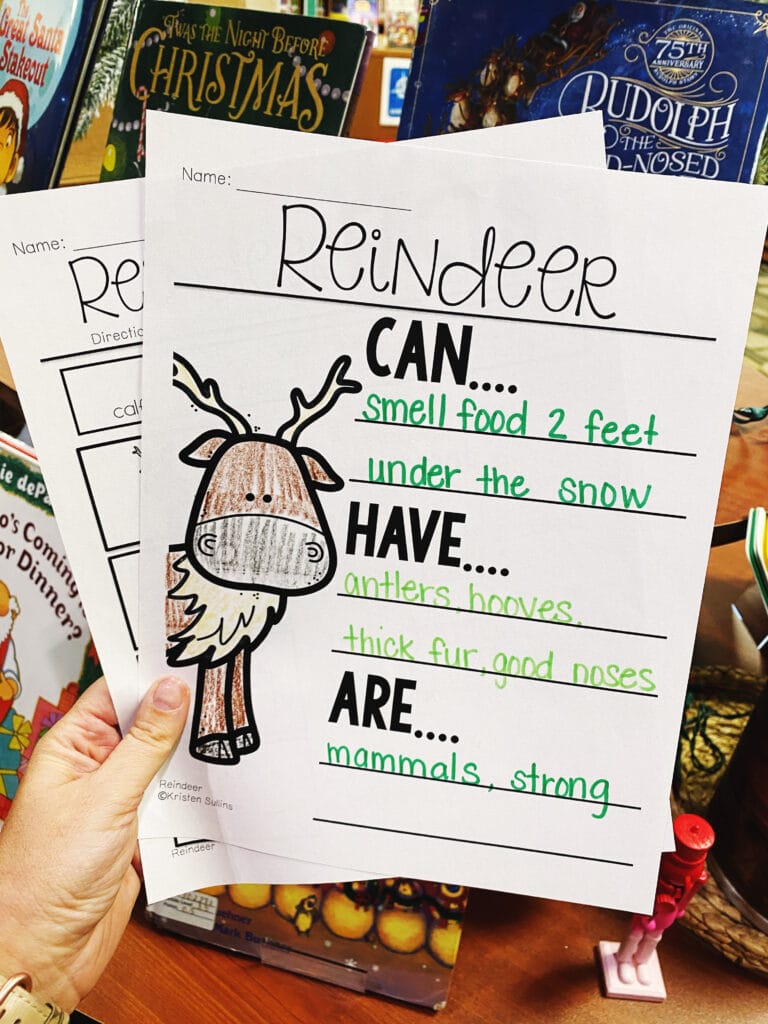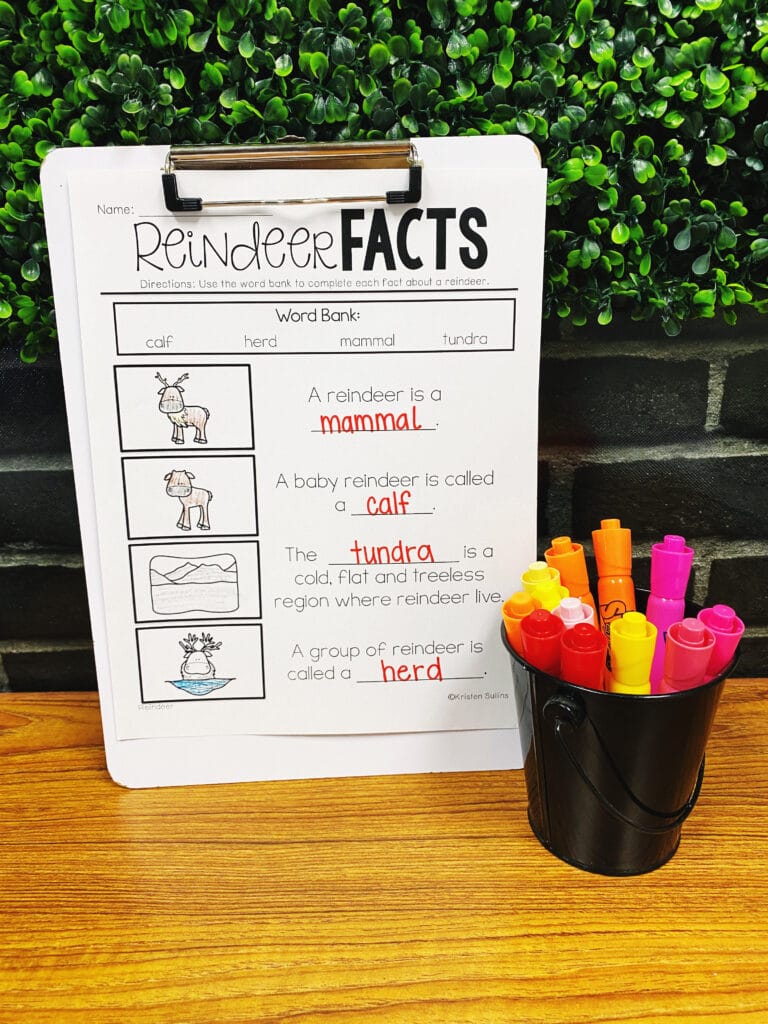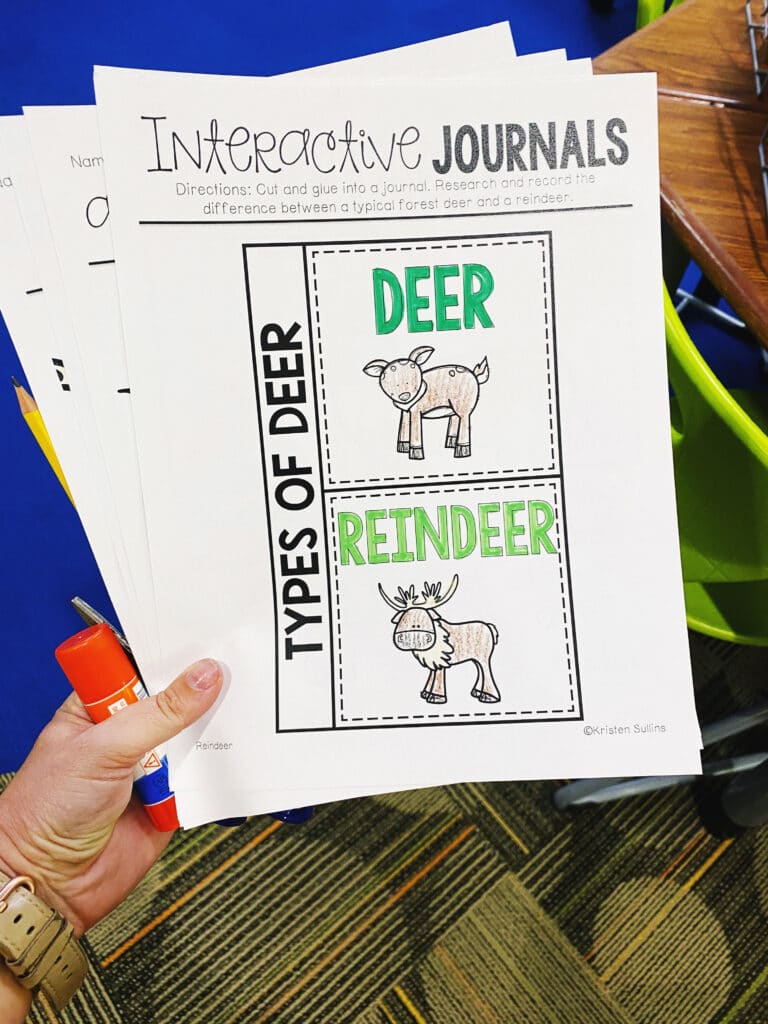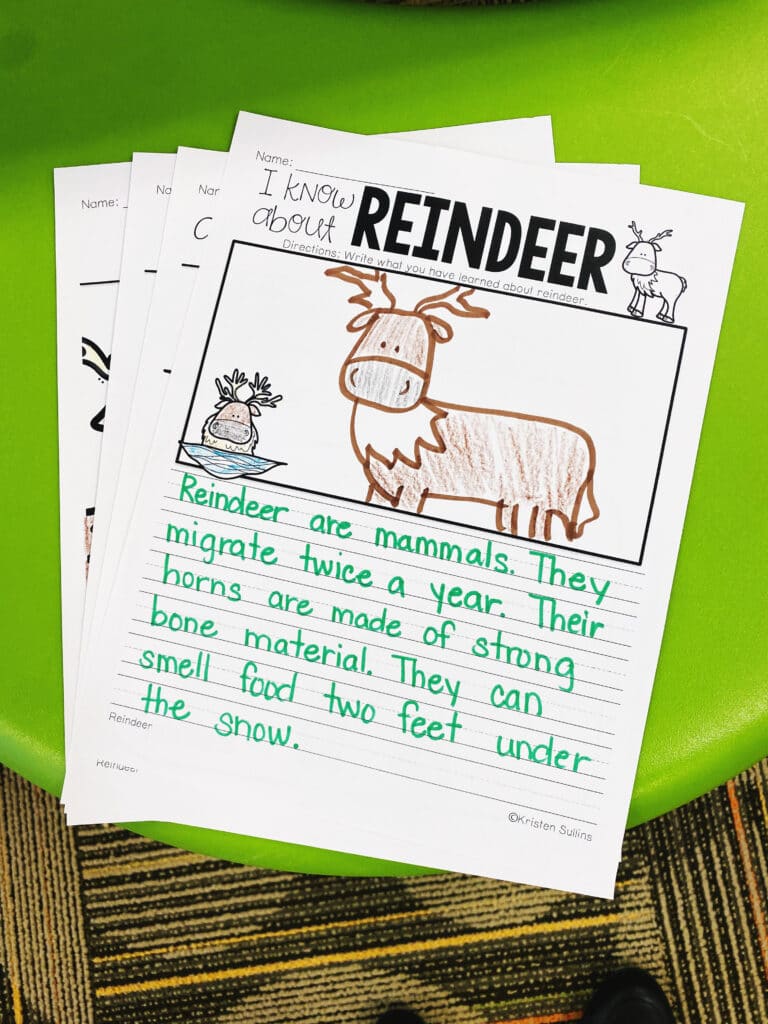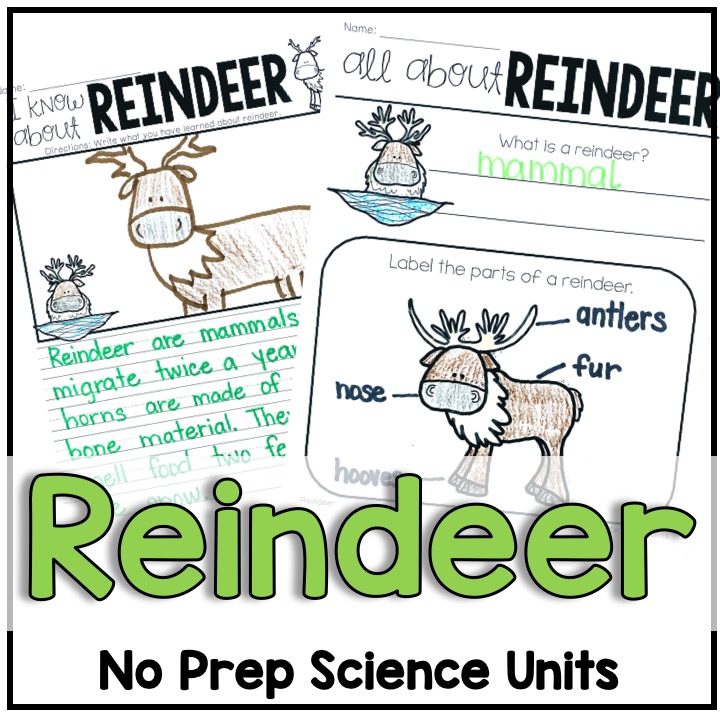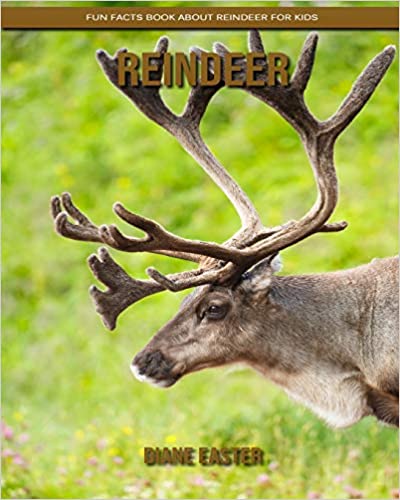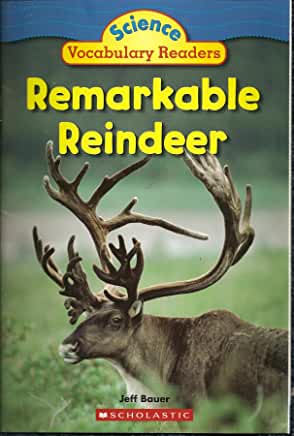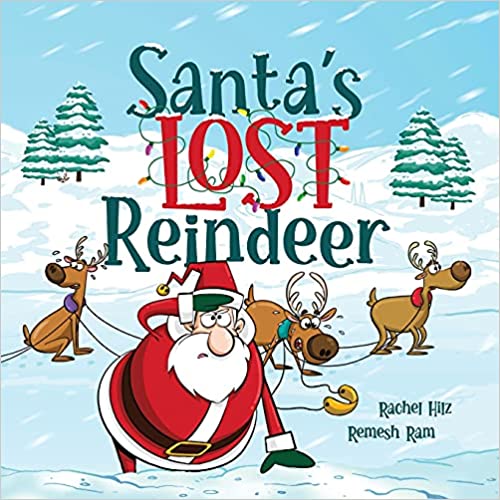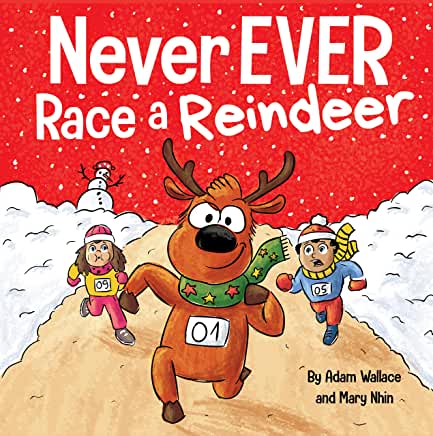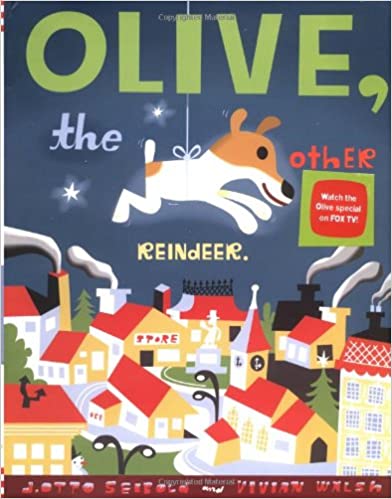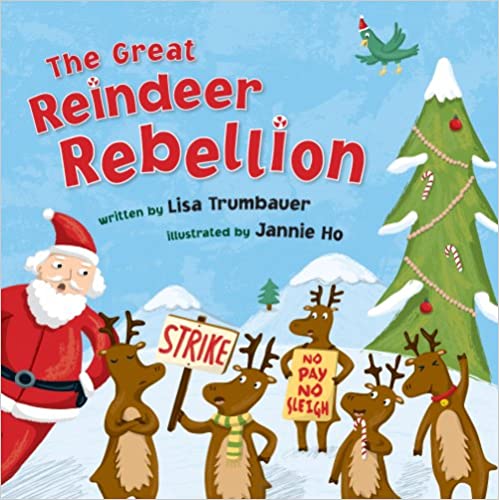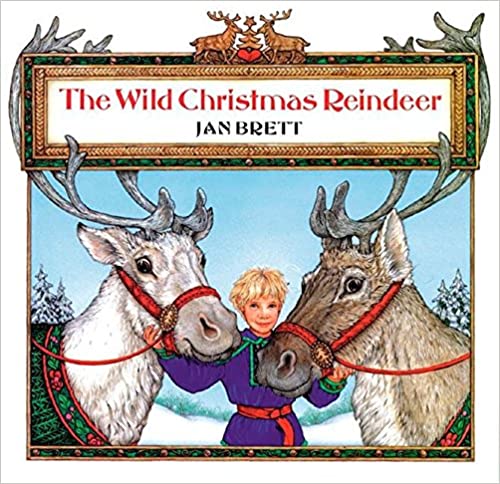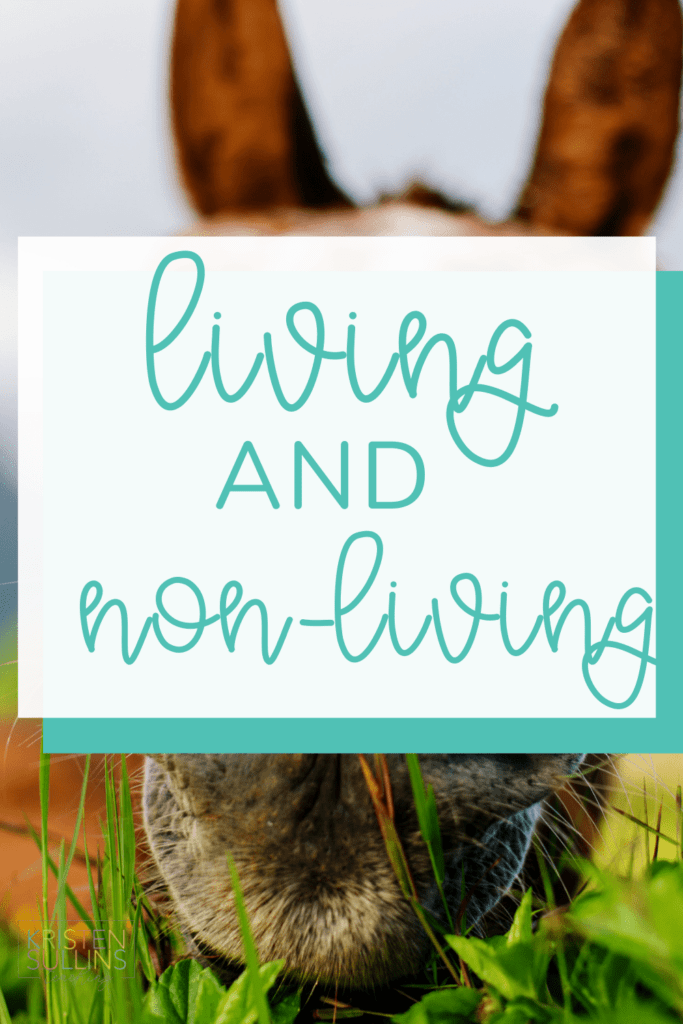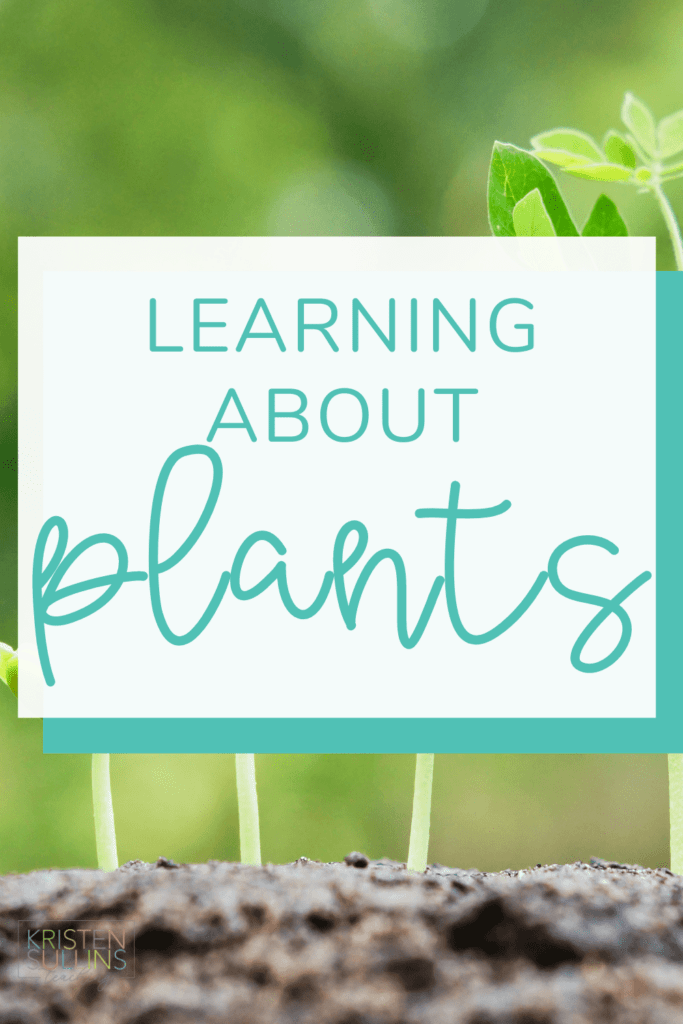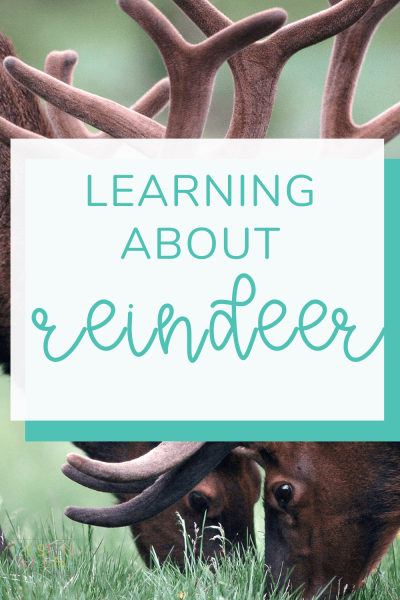Teaching first grade students about Reindeer facts and habitats is one of my favorite units of the year.
The topic of Reindeer is naturally exciting for students which makes it easily engaging for a science unit.
I use this opportunity to talk about the different parts of a reindeer, where they live, what they eat and the Reindeer life cycle.
This post is definitely for you if you're looking to spice up your winter science lessons and save some time by combining science, reading and writing for a fun and engaging Reindeer themed unit.

Reindeer Facts
We start by learning the basic facts about Reindeer.
This blog from the National Wildlife Federation has 12 Amazing Facts About Reindeer.
This website is the perfect start to the unit and learn some really cool facts about reindeer.
National Geographic Kids also has 10 Brrr-illiant Facts about Reindeer.
We also spend the week watching the Live Reindeer Cam. If you haven't ever watched the live reindeer cam, I highly recommend it. I often leave it on during the day while we are working on other things, it isn't super distracting but my first grade students absolutely LOVE it!
Just about everything at the beginning of our unit is done together as a whole group, and is what I call “guided practice” because I am guiding the class through most of it.
PS. If you want to save time, you can simply show the activity on a document camera and complete it together as a class. This is my go to trick for science and social studies since we very rarely have time for it.
Did you know THIS about reindeer?
Reindeer are the only species of deer in which both the male AND the female deer can grow antlers?
Reindeer are actually known as “caribou” in North America.
A reindeer's life span can be up to 15 years living in the wild, or even up to 20 years in a cared for/domesticated environment.
A reindeer's diet consists of lichen, which is a moss like fungi plant. Reindeer need tough hooves to dig in the snow and ice to find this tasty plant.
Reindeer can spend up to 40% of their lives in the snow. Luckily, reindeer have special adaptations like hollow fur that helps to trap heat!
More Facts about Reindeer
Now, it's time for some more independent activities where students show what facts they have learned about reindeer.
If I want to save time… which is ALWAYS… I'll put these science themed activities in my writing station during guided reading time.
This works GREAT when it's a topic that we've already talked about as a class and something that the kids are really interested in.
Which makes this reindeer unit the PERFECT activities to use as independent writing station activities.
You can see two of my favorite reindeer independent activities to the right.
All about Reindeer is so easy to differentiate because you can have students simply label the reindeer, or for more advanced students, you can require them to write full sentences about the parts of a reindeer.
The same expectations can be set for the interactive journals that compare and contrast and a deer and a reindeer.
Reindeer Facts Writing Activities
The best way to wrap up any first grade science unit is with a writing activity and this Reindeer unit is no different.
With an open ended prompt like “I Know about Reindeer”, you are able to meet the needs of all of your students. The expectations you set for your students' writing will make sure that struggling students are not discouraged and also make sure that your more advanced writers are given a challenge.
Everything you've seen in this blog post can be found in my No Prep Reindeer Facts Unit. You can find it here:
Try Fiction + Non-fiction paired Reindeer activities
If you are looking to really spice up your curriculum with a full blown “reindeer” week, try pairing fiction and non-fiction reindeer activities!
What does this mean?
Choose reindeer themed fiction books for your reading and writing time, then compare and contrast those mentor texts to what you are learning in your non-fiction books during your designated science time!
Or, you can do a day of fiction reindeer activities followed by a day of non-fiction reindeer activities (or vice versa).
I've combined my favorite fiction reindeer book (Olive the Other Reindeer) with my non-fiction Reindeer Facts and Life Cycles unit to create the perfect BUNDLE!
It includes vocabulary and information posters, printable activities and interactive journals for non-fiction reindeer studies.
It also includes printable fiction reading responses and writing activities (with answer keys, which makes this a great activity pack to leave for substitutes).

